Robotic Oceanographer
Icefin is a hybrid remote or autonomous underwater vehicle (ROV/AUV) that is both modular and field-portable; it is essentially a small, long-range, deep-water, under-ice, robotic oceanographer.
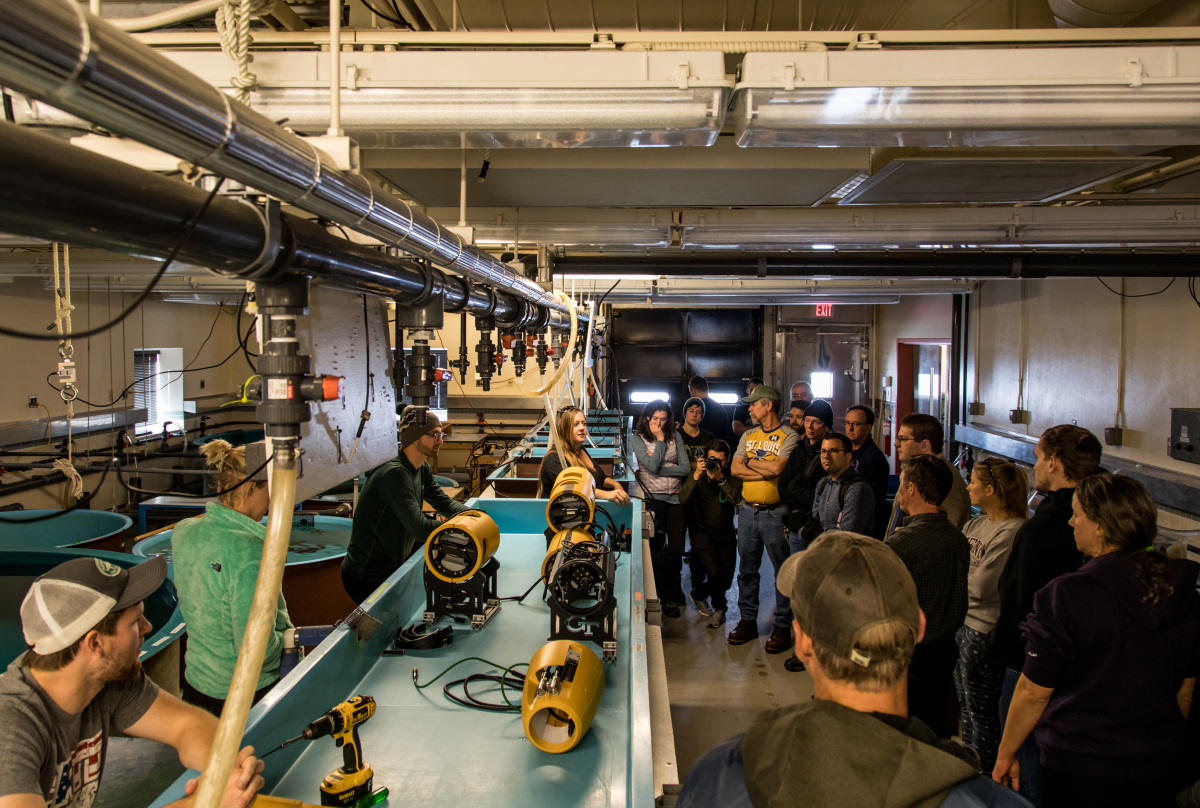
Icefin is a hybrid remote or autonomous underwater vehicle (ROV/AUV) that is both modular and field-portable; it is essentially a small, long-range, deep-water, under-ice, robotic oceanographer.

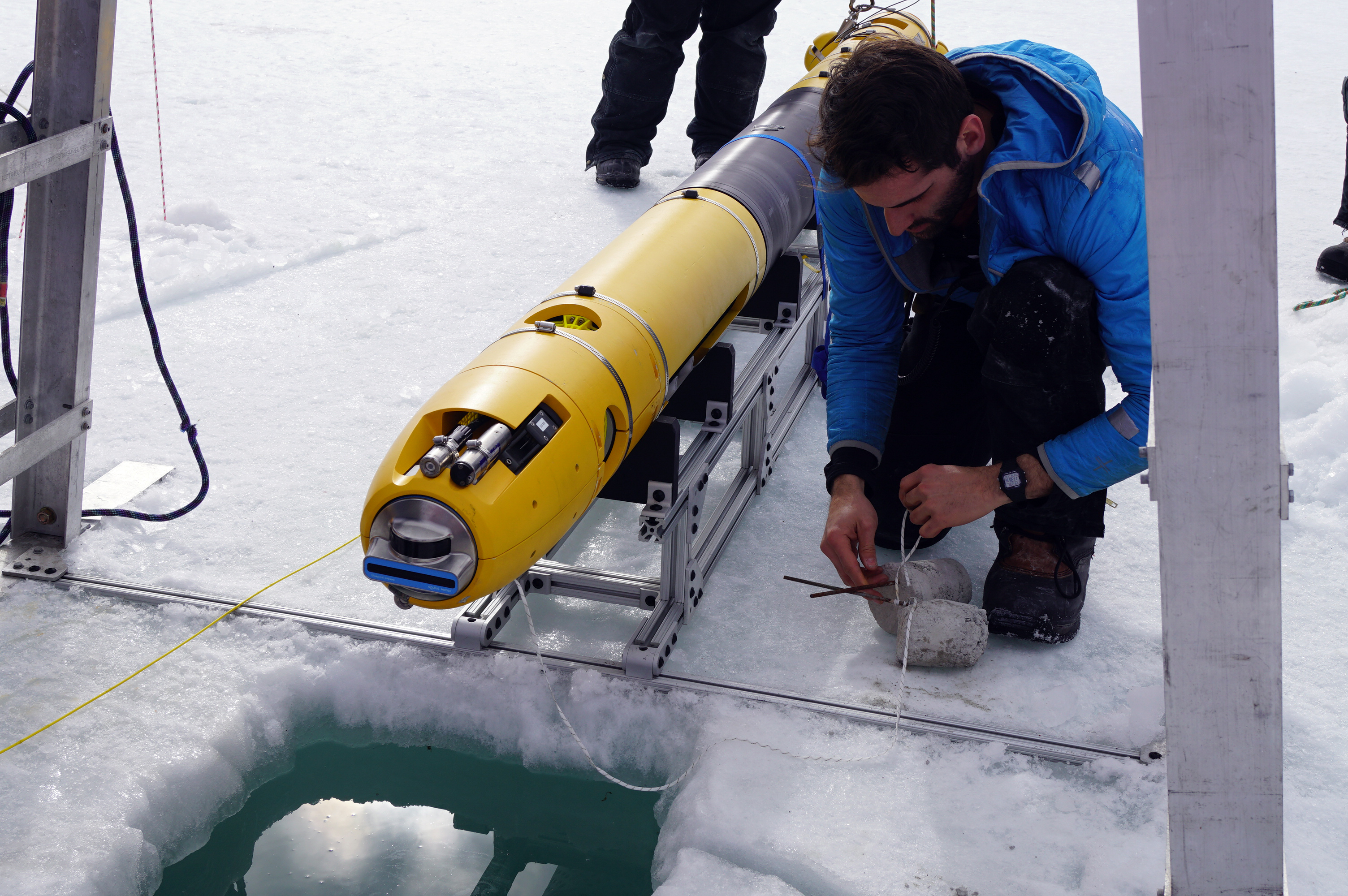
Icefin aims to characterize sub-ice environments using sonar, chemical, and biological sensors to explore ice and water conditions around and beneath ice shelves.
Through Icefin, we’re able to simultaneously explore Earth and develop the technology we need to one day explore other oceans in our solar system.
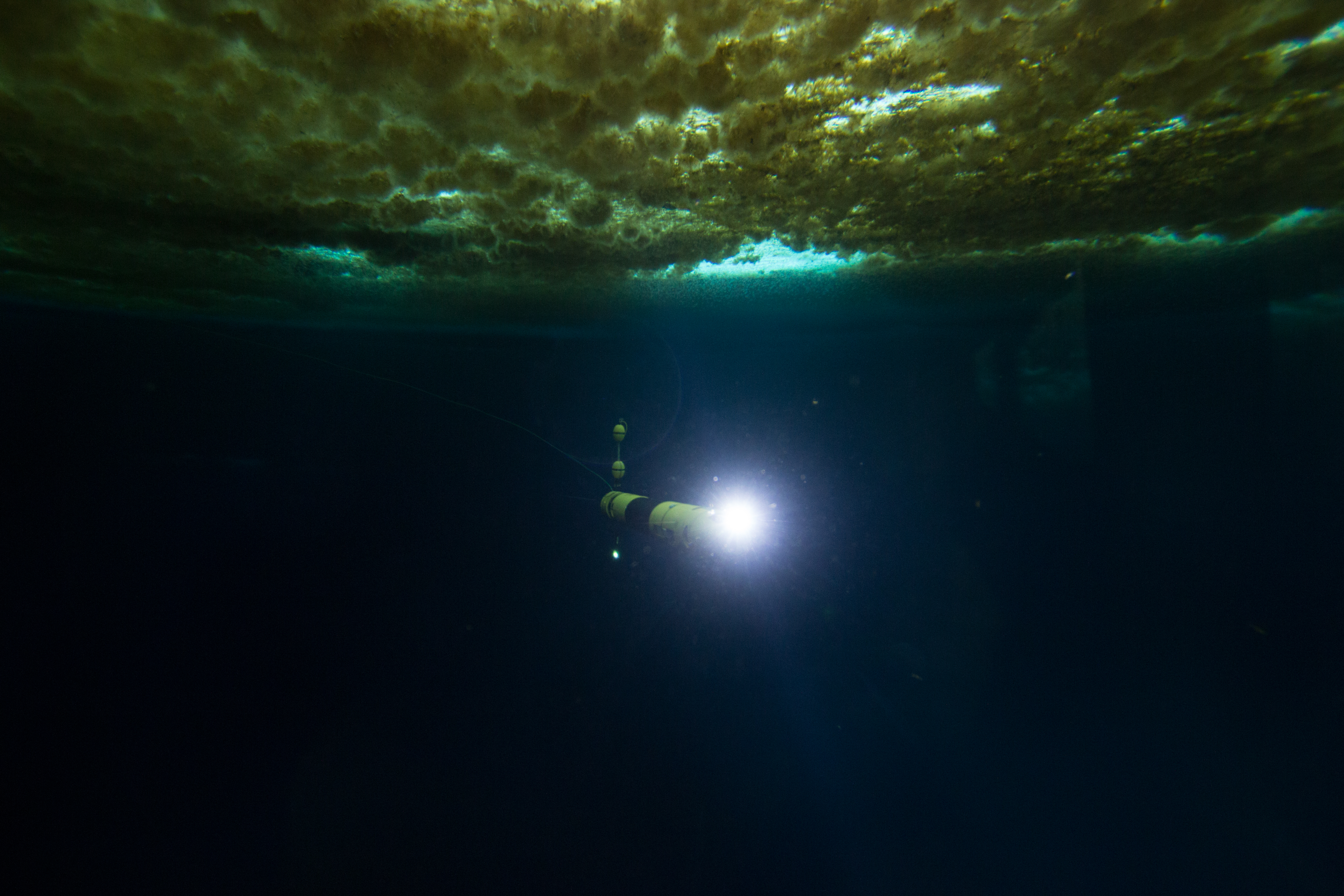
What’s great about Icefin

Icefin’s modules can be swapped or rotated for each mission, to point sensors either up at overhead ice or down towards the seafloor.
Icefin's modular design offers increased mission flexibility, capability, and operational simplicity, relative to traditional AUV/ROVs.
Icefin is uniquely designed to fit through narrow ice shelf boreholes while still carrying a full suite of oceanographic sensors
Depth: 1 km
Weight: 130 kg
Diameter: 23 cm
Length: 3.5 m
Range: 3.5 km
Fully holonomic five degrees of freedom
HD cameras, with laser ranging & scaling
Sonar Systems
Forward-looking wide angle Sonar
Sidescan for seafloor imaging
Doppler Velocity Log / Acoustic
Doppler Current Profiling
Single beam altimeter
Salinity & Temperature (CT)
Dissolved Oxygen (DO)
pH/ORP
Colored & fluorescent Dissolved Organics (CDOM/fDOM)
Turbidity



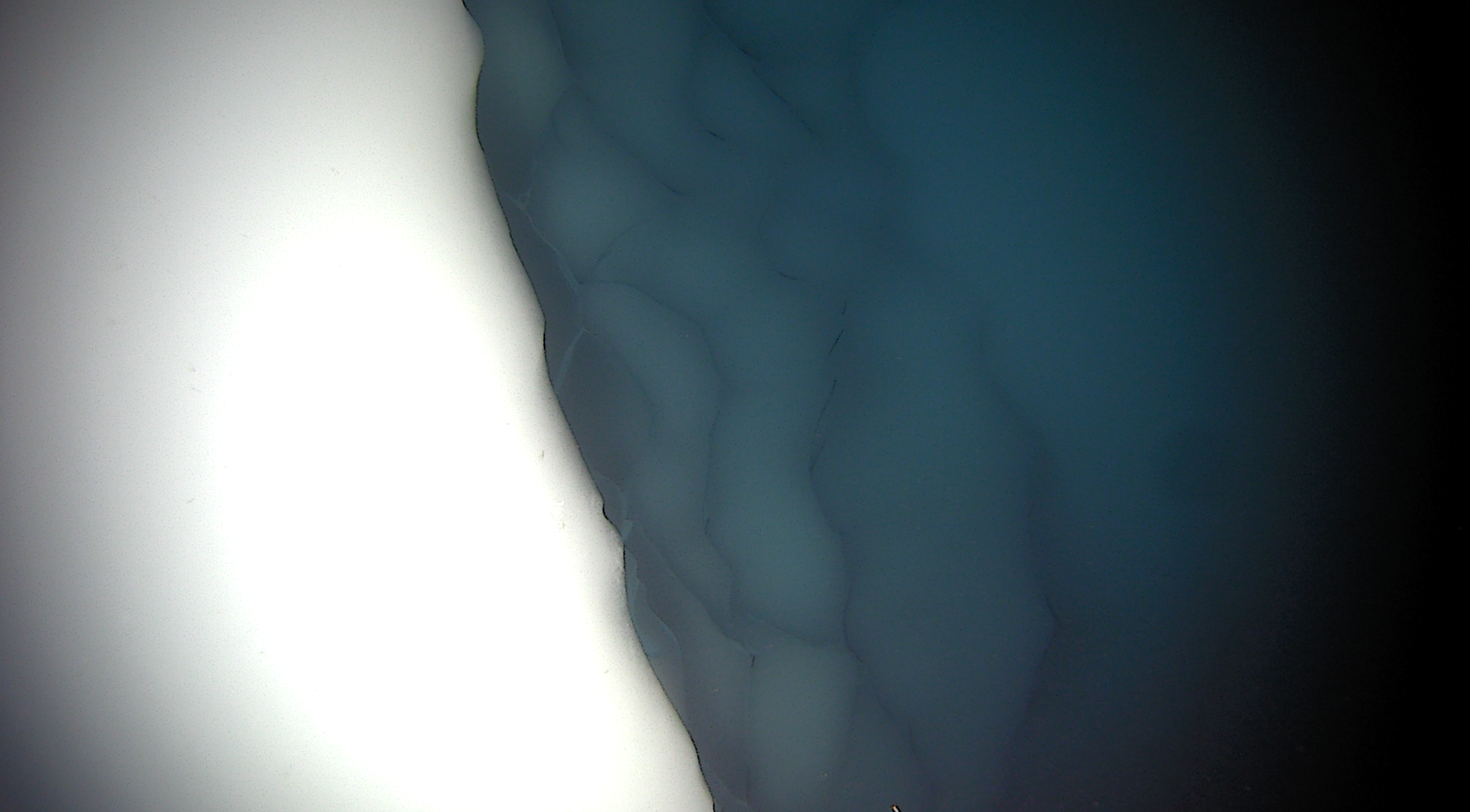

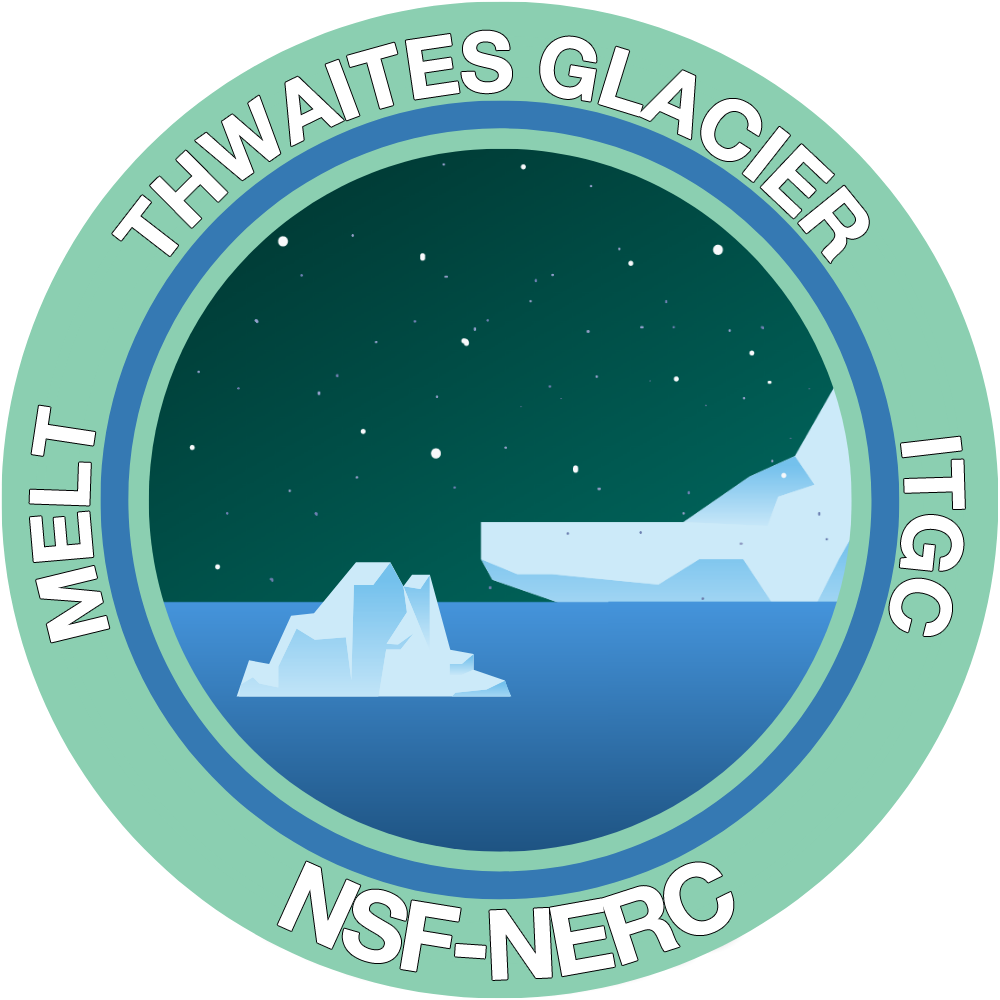
Collaborative monitoring of the Thwaites ice shelf

Ross Ice Shelf and Europa Underwater Probe
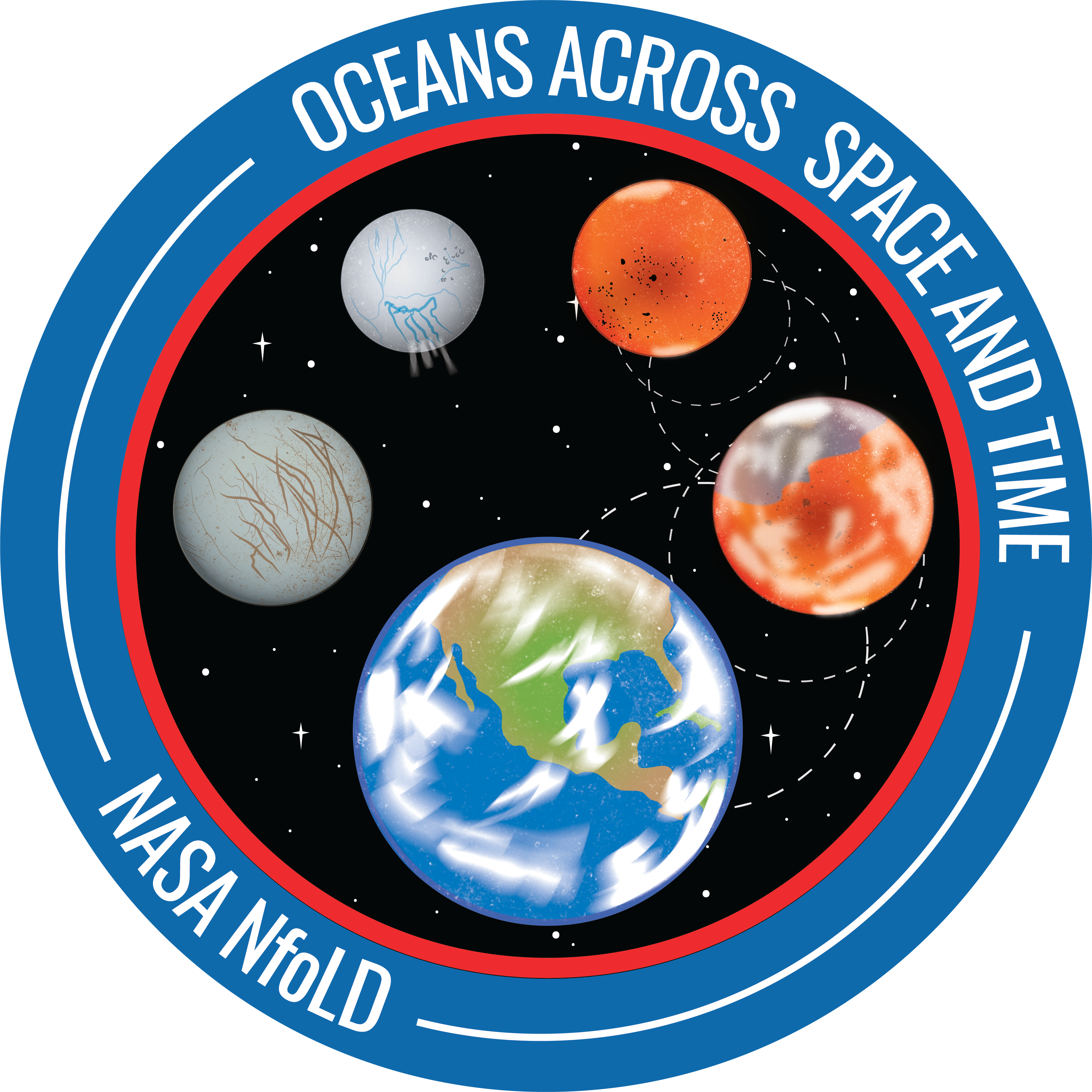
The Oceans Across Space and Time Project
Icefin was developed first as a prototype under PI Schmidt’s startup funds in the College of Science at Georgia Tech, and is now located at Cornell University. Since 2016, Icefin has been fully developed by the Planetary Habitability and Technology team featured on this page. Funds for development of the vehicle have come from NASA and NSF grants lead by Schmidt and field research with the vehicle has been funded by NASA, NSF, Antarctica New Zealand, the Marsden program, and Cornell University.